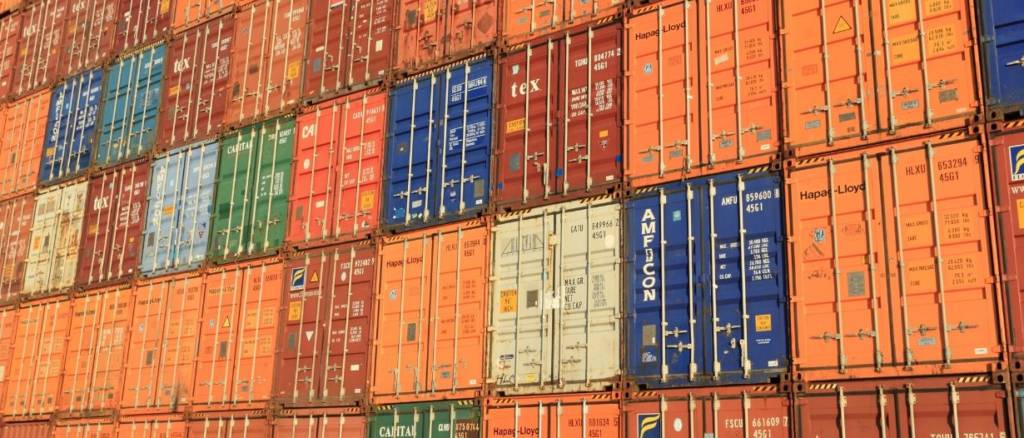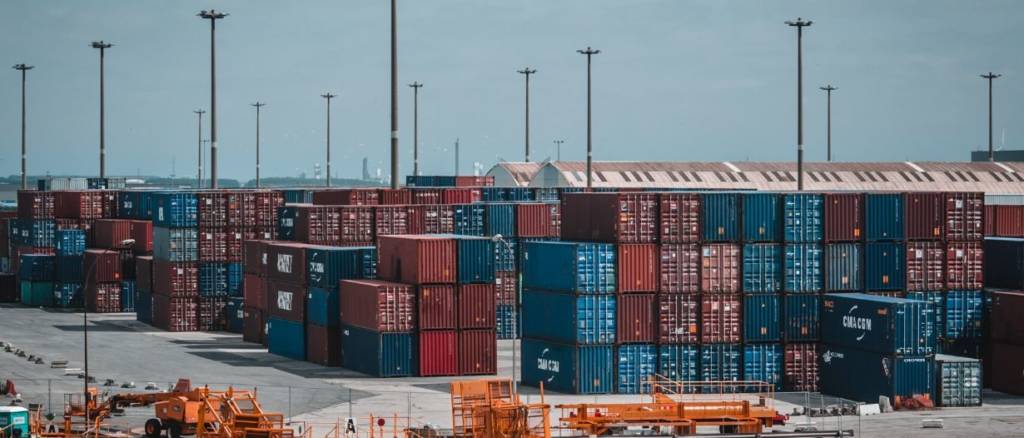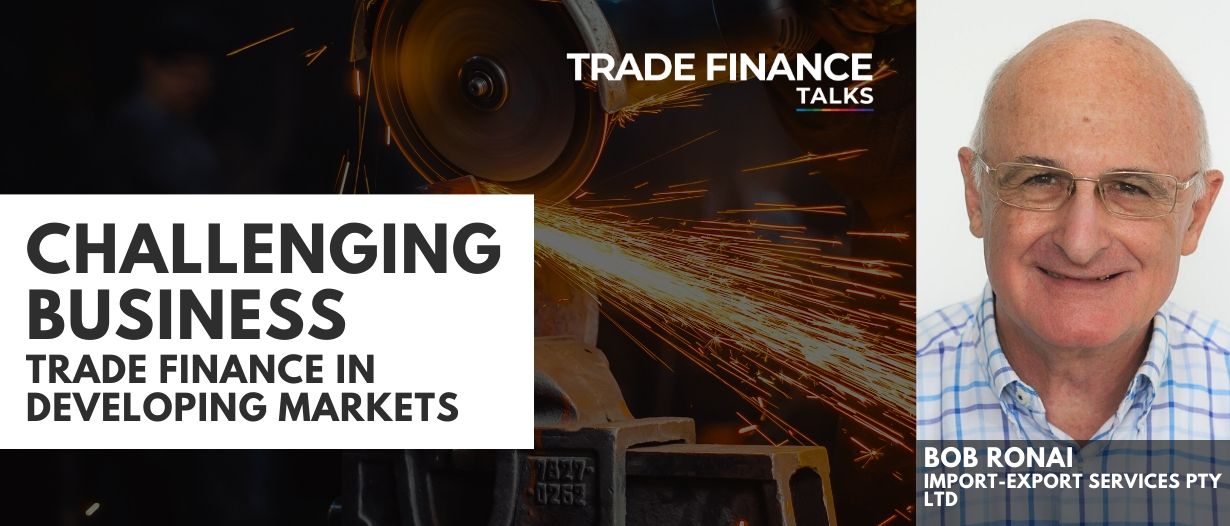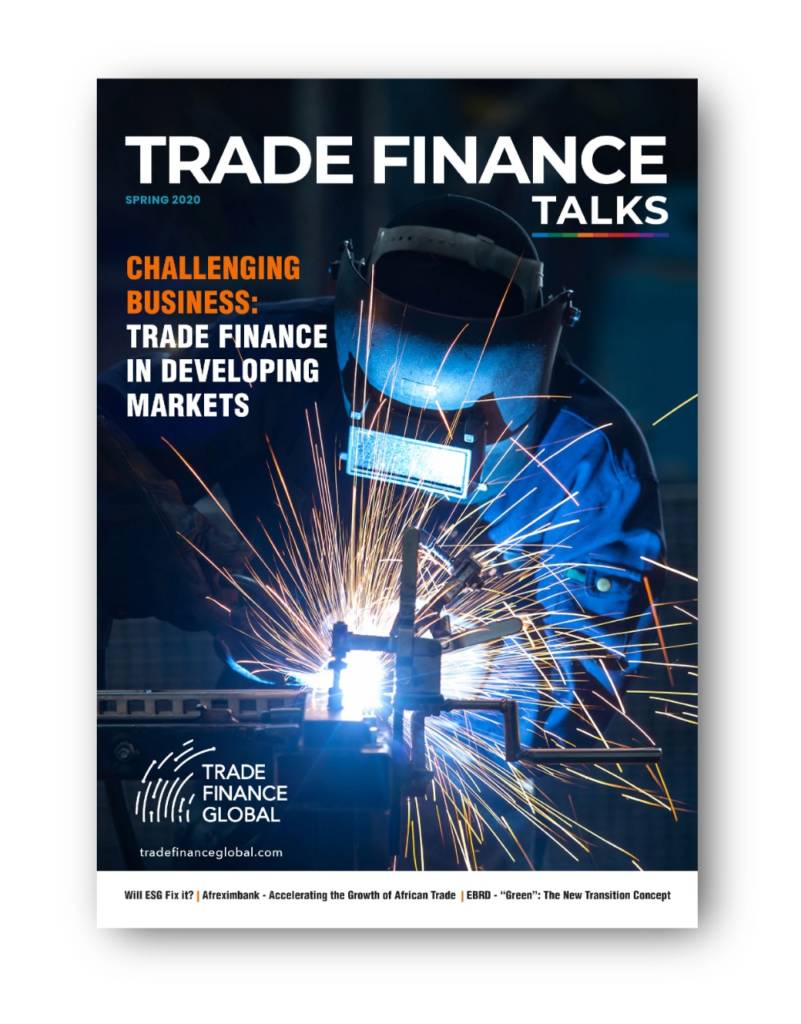Trade in much of the emerging and developing world, notably to, from and within Asia, has increased dramatically in the past two decade. But what does this mean for Incoterms Rules? TFG heard from Incoterms expert Bob Ronai.
The new Incoterms® 2020 rules are now written in plain English so that readers do not need a law degree to understand them, and to facilitate translation into other languages.
Trade in much of the emerging and developing world, notably to, from and within Asia, has increased dramatically in the past two decades to the point where the volume carried on container ships far exceeds that transported by truck in the Europe-Central Asia landmass. Therefore the need for Incoterms rules when the seller and buyer are not related and do not have a history of trading together has never been more important.

There are eleven rules but two of them, the bookends to the collection, EXW and DDP, carry strong warnings about their use and appropriateness. Four of the rules, FAS, FOB, CFR and CIF are strongly flagged as not being appropriate for container shipments, only being appropriate when the seller can itself put the goods on board the ship such as in break-bulk (loose cargo) or bulk shipments often involving chartered vessels. That leaves the seller and buyer with five rules to suit almost all possibilities for containerised (FCL and LCL) sea shipments and air shipments, plus in large landmasses road and rail shipments. These are FCA (Free Carrier), CPT (Carriage Paid To), CIP (Carriage and Insurance Paid To), DAP (Delivered at Place) and DPU (Delivered at Place Unloaded).
How to use the Incoterms 2020 Rules
The way to correctly use any of these rules in a contract is to work out what terms and conditions the seller and buyer agree on, then find the most appropriate rule that best reflects the agreement. The matters that need to be dealt with are:
- Who will pay the freight? If the buyer then FCA, if the seller then the C or D rules.
- Who will bear the transit risk? If the buyer then FCA, CPT or CIP. If the seller then DAP or DPU.
- If the buyer bears the risk but the seller agrees to insure for it, then CIP.
- In FCA, CPT and CIP the seller delivers when it hands the goods to the carrier at origin, in DAP and DPU the seller delivers at the named destination place.
- In all these cases the seller must carry out export formalities and the buyer must carry out import formalities.
- DAP requires the buyer to unload the delivering vehicle, DPU is complicated as the seller has to unload the goods into the buyer’s premises, meaning arranging labour and equipment on the other side of the world. The destination place could be a container terminal or air terminal so delivery occurs before the buyer import clears. If the destination is the buyer’s premises then that adds another layer of complexity as the seller needs to have his carrier take hold of the goods again once they are import cleared by the buyer and deliver them.
- DPU is similar to DAP with the added complication as the seller must arrange for the goods to be unloaded (typically from the container) at the destination.
- There is an increasing level of obligation and risk for the seller as we move from FCA through to DPU.
- On the other hand, there is a decreasing level of control by the buyer.
- It sometimes seems easier for a buyer in a smaller country to let the seller in a larger country arrange everything, but in doing so the seller is highly likely to add a profit margin to everything it pays for, with the end result that the buyer might be paying more than if it arranged things itself.
- A good freight forwarder is vital in international trade.
The Incoterms® 2020 rules do not deal with a number of matters including, among others, payment terms and method, transfer of title to the goods, governing law of the contract and dispute resolution, remedies for breach of contract.

It is vital for anyone engaged in international trade to have a copy of the Incoterms® 2020 book on their desk for quick reference.
Now launched! Spring Edition 2020
Trade Finance Global’s latest edition of Trade Finance Talks is now out, taking a deep dive into trade finance in emerging and developing markets.


































